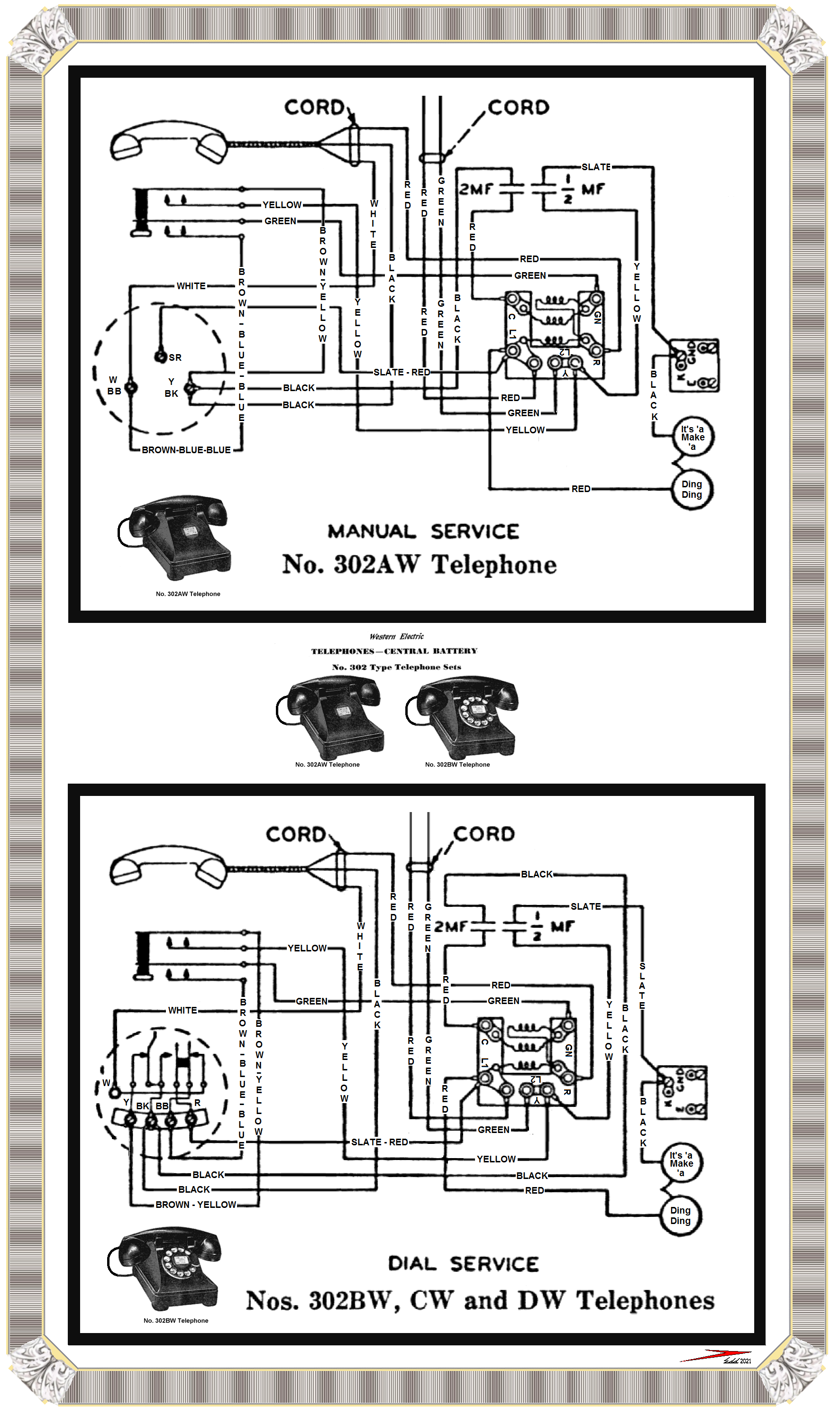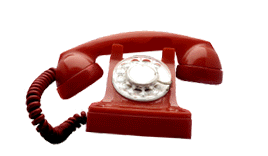I have a Western Electric 302 phone that was originally an old hotel phone, so it didn't have a dial - just the blank with the room number, etc. I purchased a 6a Northern Electric dial and have been trying to get it wired in correctly. The problem I have is unique enough that I have not been able to find help with it, even from the company I purchased the dial from.
Here's the problem: The dial is wired in and the phone rings and I can even dial a number and it connects, but the only time I can hear a dial tone or the person on the other end is if I pull down on the dial just a little bit like I'm starting to dial. If I let go of the dial, I hear nothing, but the person I'm talking to can still hear me ok.. The call disconnects when I hang up the receiver.
I have gone over the wiring diagrams so many times and visited numerous websites and viewed hours of youtube videos, and I just can't figure out why the receiver is working exactly opposite as it should when the dial is installed. If I take out the dial and wire the blank (the piece with the room number, etc on it) back in, I can receive calls and can hear a dial tone and hear the person on the other end just fine.
What am I missing with the wiring of the dial? Or is it wiring from the handset to the body of the phone?
Here's the problem: The dial is wired in and the phone rings and I can even dial a number and it connects, but the only time I can hear a dial tone or the person on the other end is if I pull down on the dial just a little bit like I'm starting to dial. If I let go of the dial, I hear nothing, but the person I'm talking to can still hear me ok.. The call disconnects when I hang up the receiver.
I have gone over the wiring diagrams so many times and visited numerous websites and viewed hours of youtube videos, and I just can't figure out why the receiver is working exactly opposite as it should when the dial is installed. If I take out the dial and wire the blank (the piece with the room number, etc on it) back in, I can receive calls and can hear a dial tone and hear the person on the other end just fine.
What am I missing with the wiring of the dial? Or is it wiring from the handset to the body of the phone?


